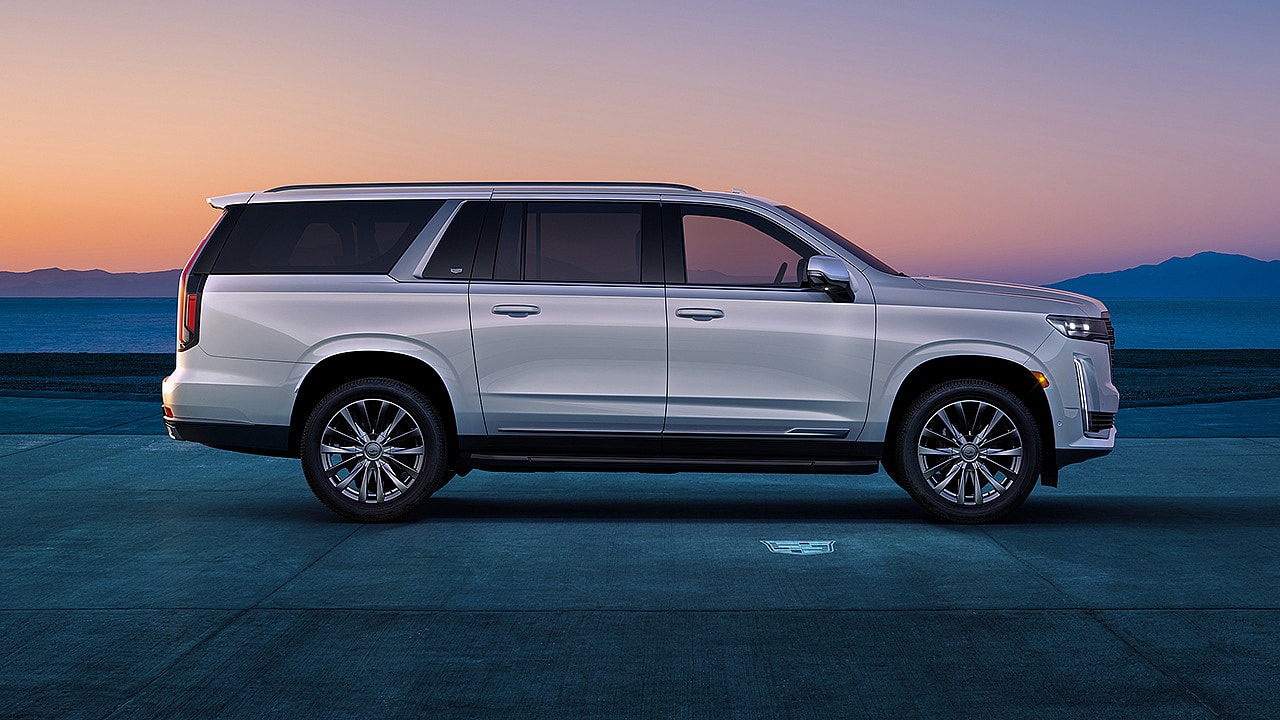Trucks And SUVs With Tall And Blunt Front Ends Actually Are More Deadly, IIHS Study Finds


A new report form the Insurance Institute for Highway Safety (IIHS) suggests that the tall, blunt front ends that have become increasingly popular on trucks and SUVS may have contributed to a recent rise in pedestrian deaths.
“Some of today’s vehicles are pretty intimidating when you’re passing in front of them in a crosswalk,” IIHS President David Harkey said in a release on the findings.
“These results tell us our instincts are correct: More aggressive-looking vehicles can indeed do
more harm.”
The study looked at 17,897 crashes involving a single vehicle and single pedestrian, and narrowed it down to 2,958 where the type of vehicle could be clearly identified.
FORD, CHEVY AND RAM PICKUPS FLUNK NEW REAR PASSENGER CRASH TEST

It excluded those equipped with automatic emergency brakes with pedestrian detection, which can significantly mitigate injuries and are offered on an increasing number of new vehicles, and also controlled for other factors that might affect the likelihood of a fatality, including speed and the age of the pedestrians.
The baseline was set for a cars with a hoods 30 inches high or lower and sloped 65 degrees or more from vertical, which would be typical for many sedans, hatchbacks or coupes.

The results found that the fatality risk remained similar for vehicles with hoods between 30 inches and 40 inches high, like many small crossover SUVs have, but increased by more than 45% for vehicles with hoods taller than 40 inches, like pickups and large SUVs.
More vertical front end designs also affected the risk in some cases. While it was similar for vehicles with the lowest hoods, but angled at 65 degrees or greater, it increased by 26% in the 30-40-inch-tall range.
Hoods at the 65-degree or higher angle and over 40 inches tall saw a 44% increase, essentially the same as flatter hoods at the same height.
MOTORING MYSTERY: DEER STRIKES DROPPED DRAMATICALLY LAST YEAR
The most significant effect the tall, blunt hoods has is inflicting greater head, torso and hip injuries, in part because they are more likely to knock them forward onto the ground rather than onto the hood.
The IIHS did not call out any specific models or brands in the report.
The study also found, however, that being struck by a vehicle with a very flat hood set at 15 degrees or less increased the risk by 25%, regardless of how tall it is.
Speculation is that the flatter hoods provide less cushioning and the pedestrian is more likely to strike a hard part — like the engine — underneath.
The IIHS did not take the weight of the vehicles into account because the difference between any car and a human is already so large that it isn’t a significant factor in impacts.
TESLA CYBERTRUCK WRECKED IN ROLLOVER CRASH — SEE HOW IT HELD UP
Europe has incorporated pedestrian safety parameters into the regulations covering car design, but the U.S. has not followed suit. Nevertheless, European cars sold here since the rules went into effect in 2010 often reflect these designs, primarily with laid back hoods that are positioned with space underneath them to help cushion the impact.
“It’s clear that the increasing size of the vehicles in the U.S. fleet is costing pedestrians their lives,” Harkey said. “We encourage automakers to consider these findings and take a hard look at the height and shape of their SUVs and pickups.”
This story has been updated with additional information
